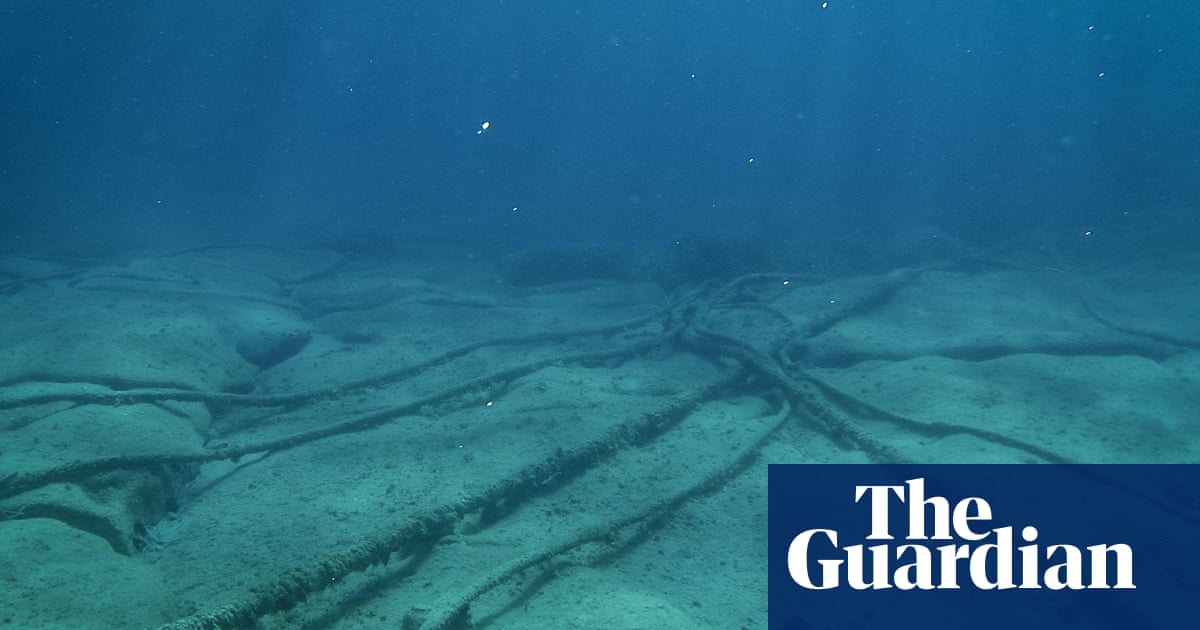Travel
This New Extreme Hotel In Patagonia Takes Adventure Travel To New Heights

A capsule at Ovo Patagonia
The accommodations are transparent capsules hanging off a rock wall nearly 900 feet up. The access involves a mountain hike deep within Argentine Patagonia, followed by a via ferrata. The experience requires harnesses, helmets and a good dose of bravery.
“We want to make once-in-a-lifetime experiences in contact with heights and in contact with our most intimate experience of being out of our comfort zone,” says Ezequiel Ruete, the cofounder of Ovo Patagonia. “That’s actually our slogan: Get out of your comfort zone in comfort.”
In fact, the project is squarely within Ruete’s comfort zone. The Argentine adventurer has practiced the sport of high line—walking on cables stretched between mountain faces—for more than a decade, along with his cofounder, the architect Luis Aparicio. Along with the idea of introducing non-climbers to the joys of being suspended over a void, the adrenaline rush of facing a fear, and the mesmerizing pleasure of gazing at the condors and clouds drifting past Fitz Roy, the pair wanted the challenge of making a low-impact, artistic installation that would be easy to remove. They call their company Perspectiva Aérea—aerial perspective.
The bedroom level
After more than three years of working with a specialized team of mountaineers, engineers and geomechanical technicians, they’re opening in December what they’re billing as the highest hotel in the world, and the one that’s most exposed to the forces of nature. What they’re selling is far more than a night of stargazing in Patagonia. They’re selling the power of nature.
Although wind is all but guaranteed (though they’ll reschedule a stay if the gusts exceed about 60 miles an hour) and vertigo is a real possibility, Ruete emphasizes that Ovo Patagonia is for any luxury traveler with a reasonable level of fitness and a sense of adventure. Experienced mountain guides accompany guests on the journey up and down, deliver dinner and breakfast, and sleep nearby with their radios turned on. Guests can contact them any time if they need a little reassurance.
The nuts and bolts work like this: Guests book a night at Ovo Patagonia (from $1,600 for two people) along with a three-night stay (not included) at the nearby Estancia Bonanza, whose property also encompasses the installation. They begin in the town of El Chatlén, from which they go by 4×4 to the main lodge, where they’re given backpacks and gear. From there it’s about an hour’s walk to the staging area, followed by the five-minute via ferrata (a system of platforms and staircases; no rappelling) that brings them to their capsule. Snacks and wine are waiting.
Tea and telescopes are among the amenities
“It’s very easy, but it is very high,” says Cecile Stuart, who is marketing the project. “There’s a lot of handholding. When I did it, on the way in, I was super-cautious, but on the way out I did it so quickly. One of the concepts of the product is to go and try new things. I’ve never been hanging outside and exposed to wind and looking down. Everything is new, and whatever is new generates [emotion]…. So it is very life-changing.
“It’s admiring nature,” she continues, “but it’s everything combined.” It’s also very comfortable, even though hearing and feeling the wind is part of the deal.
Each of the four capsules has a three-level design and many of the trappings of terrestrial luxury hotel rooms. On the highest level, there’s a plush bed that fills most of the floor space. The middle level is for the living area, small dining table and bathroom, which has a chemical toilet and running water for the sink. A hammock-like net on the lowest level offers another chill-out space.
Lounging in the chill-out area
If you’re like me, you’ll have questions about the “how?” as well as the “why?” Ruete says they spent years completing studies and making decisions based on the criteria of low impact and easy removal. They studied the flight paths of condors. They ran wind simulations. They made scale models in their workspace in Buenos Aires. And eventually they built it—not the easy way, with a road for heavy equipment, but the hard way, with an aerial elevator that had far lower impact.
“We did it in a very artisanal but industrial way,” says Ruete. The engineers documented their studies and process and had everything validated by top engineering schools, and then “a lot of people with altitude experience” climbed up there and implemented them.
That’s reassuring for anyone who might be worried about a loose screw. Without getting too technical about it, “those capsules are really heavy,” notes Ruete. “They’re about two tons each,” and the while the wind mind wiggle such heavy objects, it’s not going to move them. (As anyone who has been in a skyscraper on a windy day knows, structures need to be aerodynamic and have a bit of give to withstand the physical forces on them.)
The four capsules of Ovo Patagonia
And the standards for the rigging are “extremely exaggerated”; each of the nine anchors supports about 35 tons, and they’re arranged in two overlapping structural stabilization systems. Everything is tested for winds up to 115 miles per hour (even though they’ll call off the trip for much less). Since I am a travel writer and not an engineer, I’ll leave my physics questions there, but the design is clearly redundant, in the positive, science-y sense of the word.
There’s unlikely to be anything redundant or boring about the experience. The flight of birds, the drift of clouds and the glimmer of stars become captivating from such a high perch. And the capsules make it accessible even when conditions prevent normal climbing.
“Perhaps you cannot be outside in the wind today, but here you can be inside but with comfort. It is crazy,” says Ruete. “You don’t feel the wind directly, but you will perceive the wind. That’s the interesting part of the experience: to feel the nature around you without wanting that nature to not be alive.”










